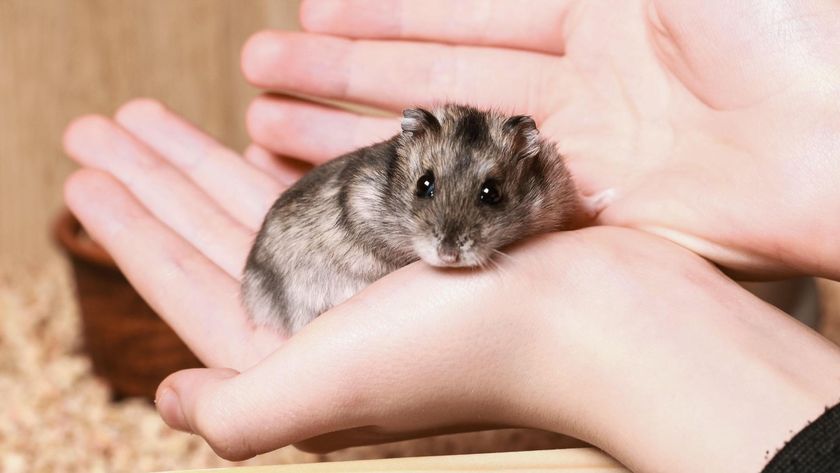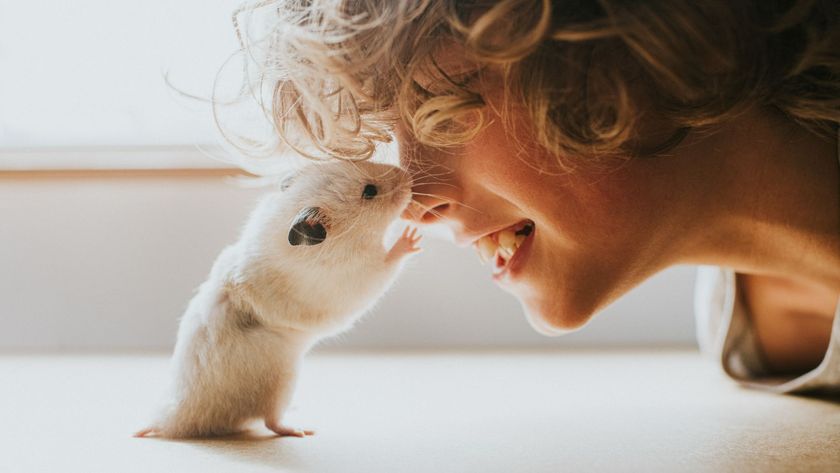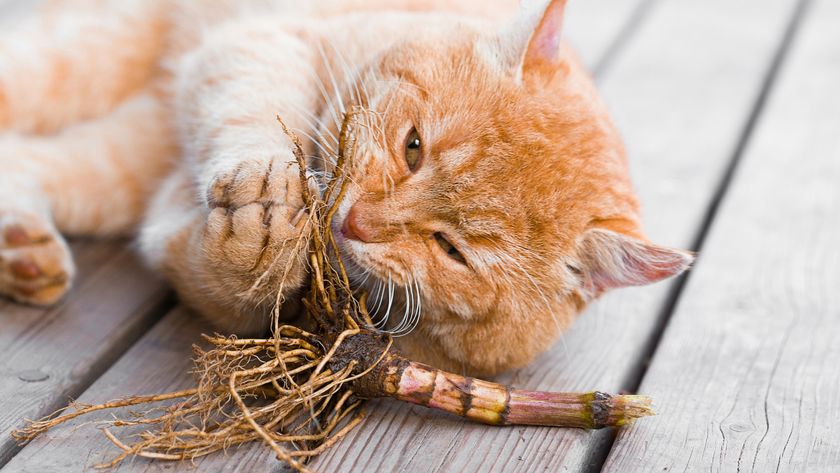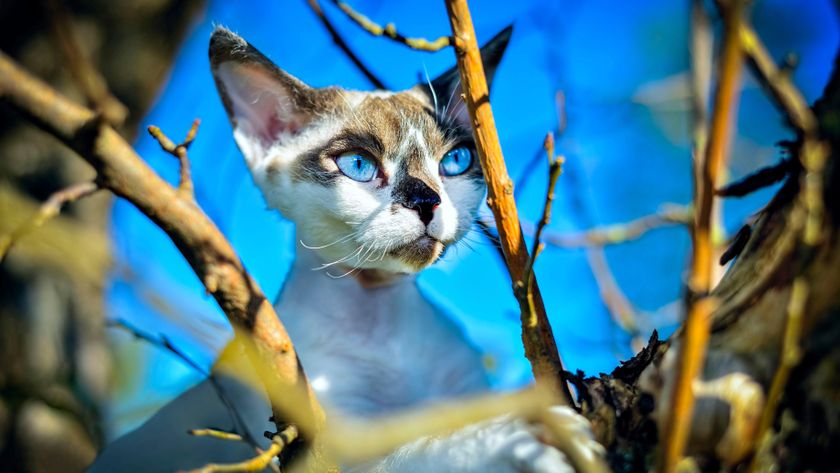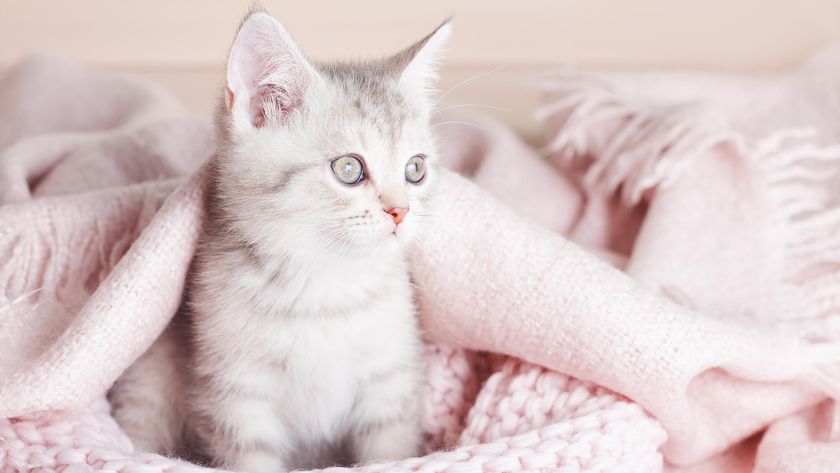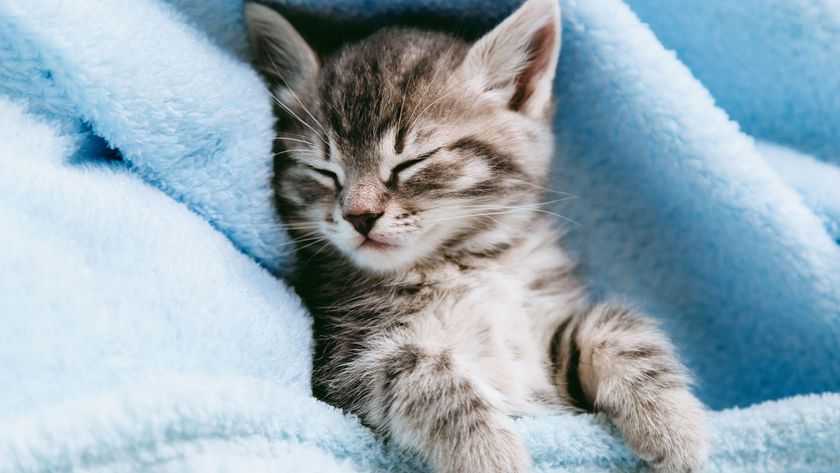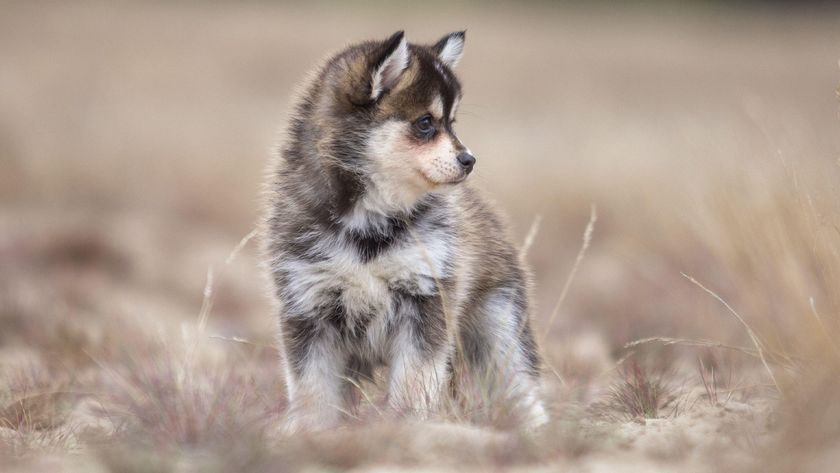5 funny hamster facts that kids will love getting their teeth stuck into
Looking for funny hamster facts? We’ve rounded up all the must-know info animal lovers will be keen to learn about these furry friends
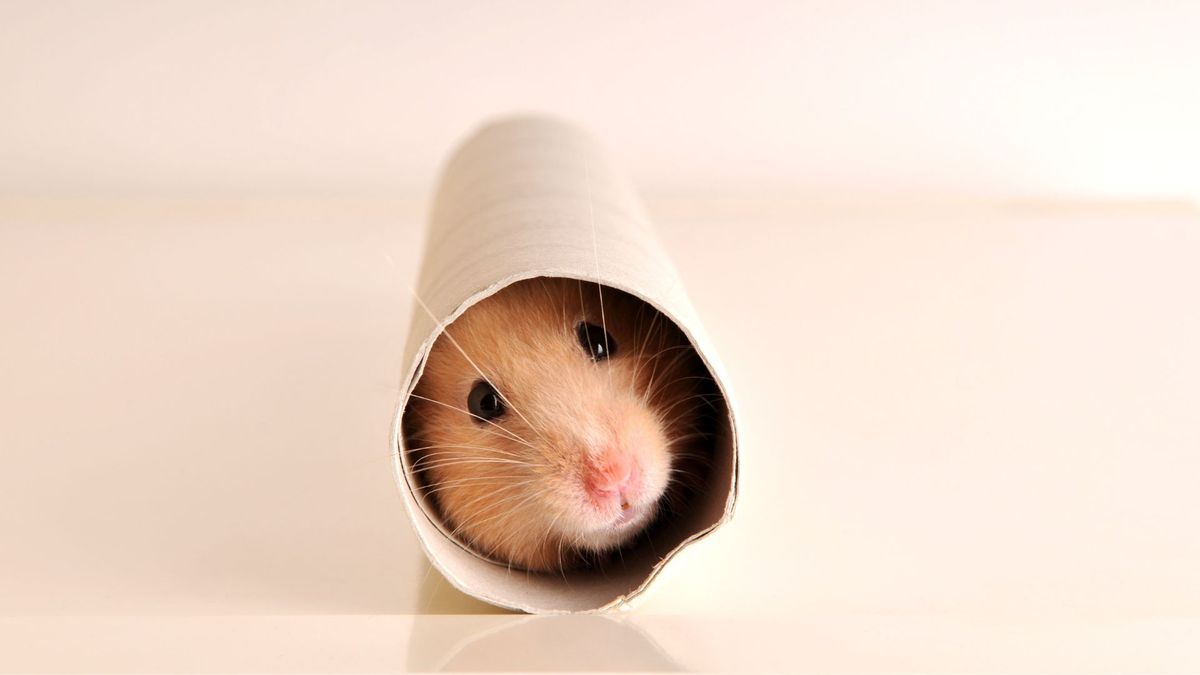
From their forever-growing front teeth to their inflatable cheeks, there are many funny hamster facts that you (or the kids) may not have come across before.
But if you’ve got some animal lovers who are keen to find out more about what makes these wonderful hamster breeds tick, we’ve done all the digging.
Of course, from the color of their fur to their personalities, all hamsters are different – but that’s what makes them so intriguing. To help you and the kids discover more fun facts about these cute pet pals, stick right here.
Funny hamster facts
1. A hamster's whiskers help them navigate
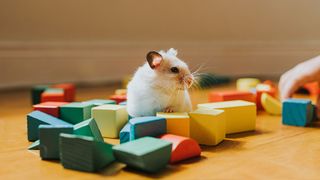
Just like how humans use a sat nav to help them navigate, a hamster uses its whiskers to do the same.
More scientifically known as vibrissae, these clever facial additions are there to aid the detection of objects. That’s because hamsters are colorblind and unlike a beady-eyed eagle, they haven’t got picture-perfect eyesight.
Instead, a hamster has to use other means to help them explore their environment with ease, without bumping into things or relying on their poor eyesight to keep them safe.
So, according to the RSPCA, hamsters use their whiskers to do so. It's believed these clever additions can vibrate backward and forward at up to 30 ‘whisks’ per second. Known as ‘whisking’, this can help these fur friends gather information about objects in their vicinity.
PetsRadar Newsletter
Get the best advice, tips and top tech for your beloved Pets
2. Hamsters hoard food in their cheeks
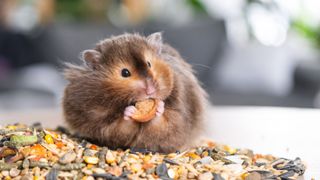
If you’re the proud pet parent of a hamster, you’ve probably noticed that your hamster’s cheeks change in size throughout the day.
Well, not only do most hamsters have a healthy appetite, but these terrestrial and burrow-digging rodents have cheek ‘pouches’ enabling them to temporarily store food so they carry their goods back to their nesting spot.
When empty, these cheek pouches, formally called displostomes, are composed of four layers around 35–40 mm long and 4–8 mm wide. When full, they can expand up to 20mm wide.
Plus, according to The Laboratory Rabbit, Guinea Pig, Hamster, and Other Rodents journal, female hamsters can put their pouches to even better use — as they tend to place their newborns in it, if stressed.
3. Their teeth never stop growing
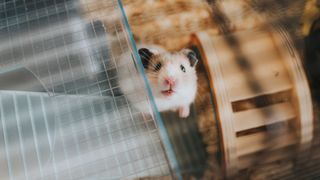
When it comes to humans, our noses and ears never stop getting bigger. But for rodents like hamsters, it’s their incisors (so, their upper and lower front teeth) that just keep on growing.
As we touched on, the good news is that hamsters love to eat. In fact, eating is one of the brilliant ways in which they can help keep their teeth in good working order.
Wondering what can hamster eat? Chewing on foods like hard pellets and fresh veg can help the omnivores naturally grind their teeth down. But the same goes for, whole wheat cereal or cucumbers, which are included in our guide to some of the surprising things hamster can eat.
They’ll also love getting their teeth stuck into other objects like gnawing blocks, or some of the best hamster toys, which are specifically made to help keep their nashers at a happy length and lessen the chance of developing overgrown incisors.
4. Hamsters are crepuscular

While most humans might be catching up on some ZZZs during the night and early morning, hamsters are doing the opposite.
According to the National Animal Welfare Trust, hamsters are crepuscular, which means they are most active during dawn and dusk.
Whether it’s running on their hamster wheel, burrowing in their bedding or exploring every inch of one of the best hamster cages, these fur friends come alive during the twilight hours.
To help keep them entertained, the key is to make sure there is plenty for them to do and their cage is comfortable, with a deep layer of bedding.
5. Hamsters can sleep for more than half of the day
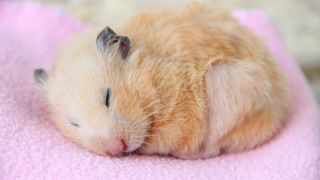
Talking of sleep, did you know, hamsters can sleep for up to 14 hours a day? They might be small, but to help restore their batteries, some types of hamsters will spend most of the day asleep.
To make sure they can get enough sleep, it’s wise to place their cage somewhere quiet and out of the way so that these pet pals can rest undisturbed.
All this sleep can lead some hamster pet parents to wonder if hamsters hibernate?’
While these types of fur friends don’t ‘hibernate’, they can experience ‘torpor’ if they face a scarce food supply or get too cold. Torpor can last for a few hours to several days and vets say they might enter this stage to conserve energy and survive.
Now you've learned all about hamsters, why not take a look at some interesting dog facts? Or read up on all the interesting rabbit facts you'll wish you learned sooner?

Becks is a freelance lifestyle journalist who has more than 9 years of experience in the world of digital and print journalism. She covers health, wellness and family interests for a range of titles. When she's not putting pen-to-paper (or finger-to-keyboard) she's reading, in the gym, or taking her Dog Aunt title very seriously looking after the handful of four-legged creatures in her life.
